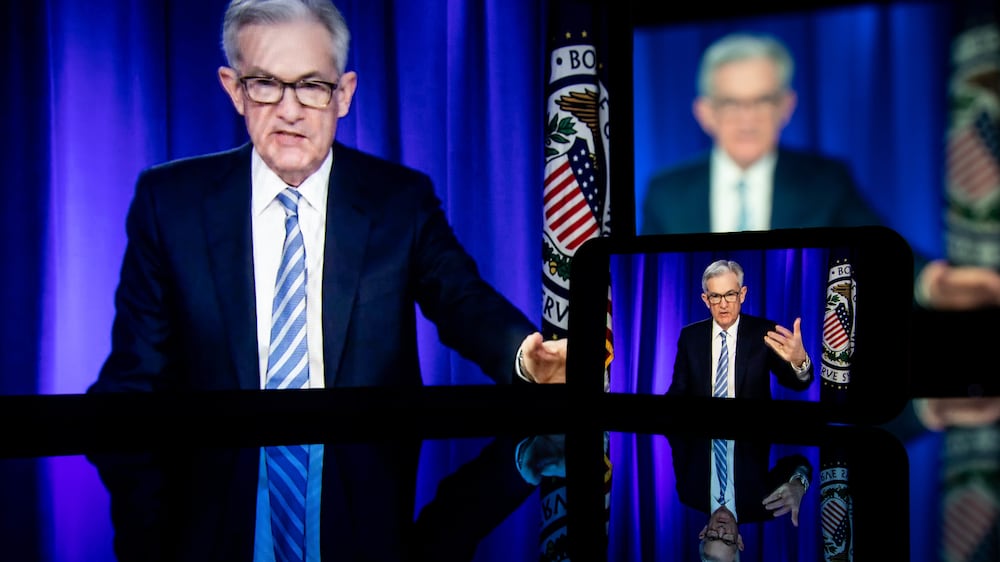Americans rapidly picked up the spending pace in January as the threat of Omicron faded and there was some easing of supply shortages.
US retail sales surged a seasonally adjusted 3.8 per cent last month, nearly double what most economists had expected. Sales in December had slid 2.5 per cent, revised figures released on Wednesday by the US Commerce Department showed.
Surging inflation likely pumped up the numbers further in January.
Retail sales rose almost across the spectrum. Sales at general merchandise stores, department stores and furniture retailers also saw strong upticks. Online sales surged 14.5 per cent.
However, with Omicron cases exploding in early January, sales at restaurants slipped 0.9 per cent from the month before. And gasoline sales fell 1.3 per cent last month, possibly a result of the cost for a gallon and Omicron infections which rose in tandem.
“Consumers say they are worried about inflation, but they continue to spend,” said PNC Chief Economist Gus Fauch.
“Even taking into account the December decline, retail sales in recent months have been increasing much faster than prices, so households are purchasing larger volumes of goods and services, not just paying higher prices.”
That spending has been heavily weighted towards goods, things people can own. But as Covid-19 cases decline, Americans are again expected to begin spending more in on concerts, films and dinners out.
But there is no sign of a letup in spending on goods for the same reason that people will likely start going out more.
The Omicron variant that emerged in late November caused widespread worker shortages, with many people calling out sick. Yet the wave of the most recent variant appears to have been short-lived and infections began to decline by mid-January as fast as they rose late last year. Cases have plunged from 436,000 a day two weeks ago to 136,000 on Monday.
What is rising is inflation, reaching heights not seen in four decades to wipe out pay rises and potentially eliciting a more forceful response from Federal Reserve, which is expected to begin raising interest rates to cool the economy.
Fed expects interest rate increases in 2022

Yet volatility in retail sales data is emerging after the pandemic and related supply crunches drastically altered the behaviour of Americans, particularly at the end of 2021. Major retailers urged people to shop early to avoid shortages and Americans did, in huge numbers.
After sales rose in October and November, there was a significant spending downturn in December, a month traditionally very big for retail.
By January, despite inflation in headlines everywhere, Americans appeared ready to renew spending.
Consumer prices soared 7.5 per cent last month compared with January 2021, the steepest year-over-year increase since February 1982 as the US economy raced out of pandemic-induced recession. Americans, many flush with cash and ready to spend, collided with a lack of supply as surging demand created global supply chain backups, pushing prices higher still.
The retail report released on Wednesday covers only about a third of overall consumer spending and doesn’t include services such as haircuts, hotel stays and plane tickets.






